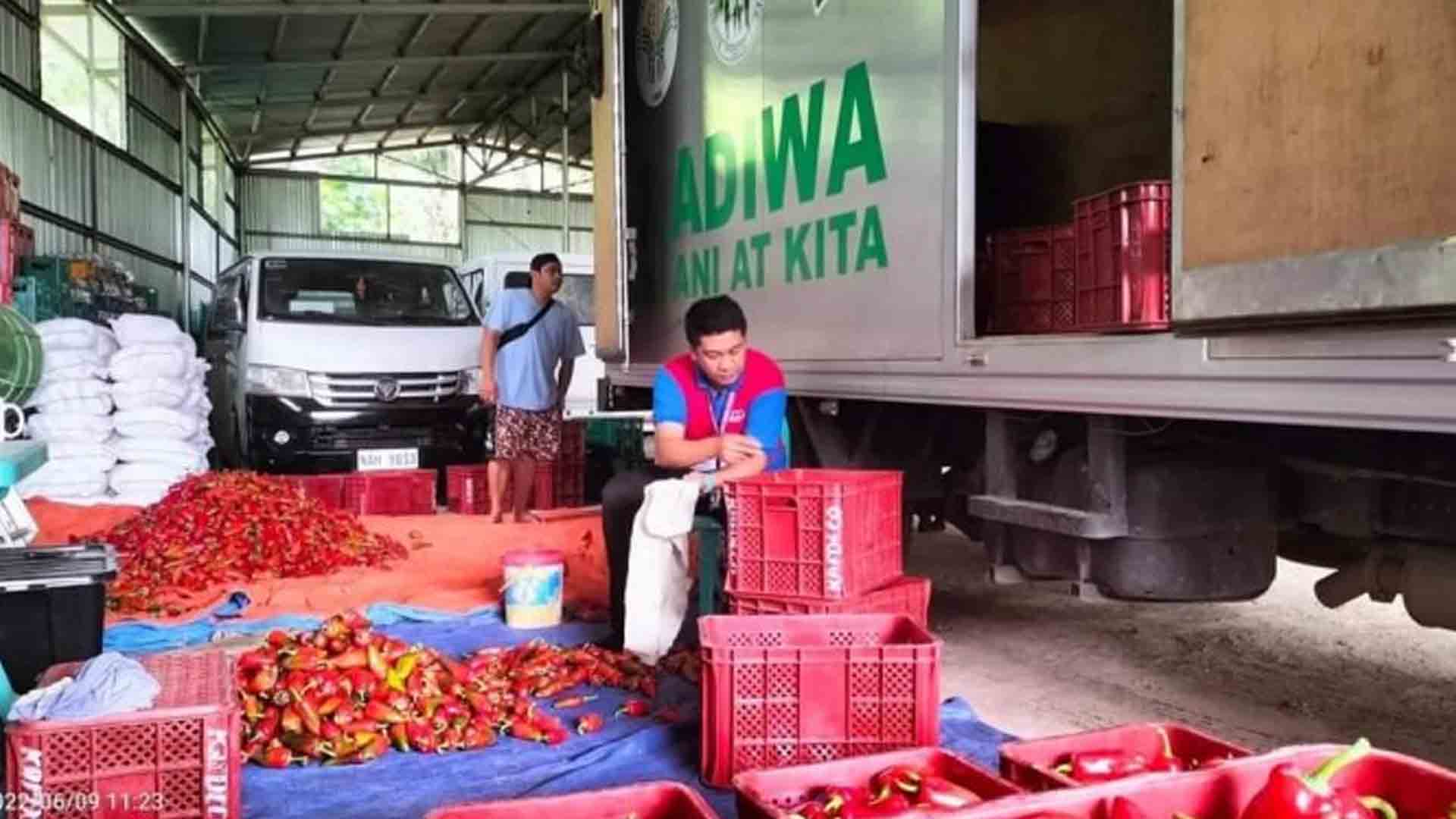Senator Imee Marcos expects farmers to plant more as the return of Kadiwa stores would ensure a wider market for their produce.
Speaking at the Pandesal Forum in Quezon City on Friday, Marcos said the Kadiwa scheme, a legacy of her late father in the 1970s, will also help offload products from the Food Terminal, Inc. (FTI) in Taguig City.
“May mga food storage at warehouses sa FTI. Doon naka-imbak tapos i-distribute sa mga palengke (The FTI has food storage and warehouses where products are stashed for distribution to markets),” Marcos said.
She said it is cheaper to buy agricultural products directly from the farms.
Marcos said to reduce agricultural costs, she would encourage a 50-50 solution – 50 percent organic and the other 50 percent commercial fertilizers — and government-to-government negotiations on importation.
In his first State of the Nation Address in July, President Ferdinand Marcos Jr. said his administration would prioritize building a national network of farm-to-market roads to facilitate the transport of food products to the markets.
“Gagawa tayo ng mga paraan upang maramdaman ng mga mamimili ang pagluwag ng presyo ng mga produkto ng pagkain sa kayang halaga gaya ng muling pagbubuhay ng Kadiwa Centers (We will look for ways for the consumers to have affordable food prices, such as through restoring Kadiwa Centers),” the President said.
The Department of Agriculture revived the Kadiwa program during the Duterte administration, a brainchild of former first lady Imelda Marcos.
In the Marcoses’ home province of Ilocos Norte, Kadiwa rolling stores manned by capitol employees are used during outreach programs.
Marcos likewise announced that she would use the earnings of the movie “Maid in Malacañang”, which she helped produce, to finance her nutribun program in areas with a high incidence of malnutrition.
The nutrition-packed bread was distributed during elementary school feeding programs in the Philippines in the 1970s to combat child malnutrition.
It was first conceptualized by the United States Agency for International Development’s Food for Peace program. (PNA)







